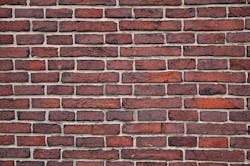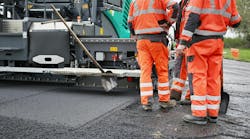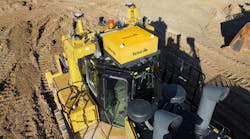A recent report by the Arch Daily discusses how automated technology, particularly bricklaying robotics, have evolved from as far back as the 1960s.
Bricklaying Robots in 1960
According to the article, the Motor Mason of 1967 claimed to lay bricks five to 10 times faster than the ordinary method. It also “hailed itself” the solution to housing shortages. According to The B1M, the robot moved along rails laid parallel to a wall, applying mortar and laying bricks as it moved. It needed three people to operate it.
SAM100 Bricklaying Robot
In 2015, Construction Robotics debuted its new bricklaying robot, SAM100 (Semi-Automated Mason) at World of Concrete. It claims to increase productivity by three to five times, and cites concerns like workforce safety and improved job planning as justifications for its adoption. According to The B1M, SAM can lay about 3,000 bricks a day, and detect correct for differences between digital plans and the actual building site.
In-Situ Fabricator
Swiss researchers also developed the "In-Situ Fabricator" in 2015, seen arranging bricks in a more free-form manner, according to The B1M. The robot does not yet apply mortar, or any other binding agent.
Hadrian X Robot
Shortly after SAM100 was introduced, Australian firm Fastbrick Robotics released its own automated bricklaying machine, Hadrian X. The machine is aided by computer aided design modeling and technologies that work toward lower costs and less waste. Its extendable arm can lay bricks onto foundation, apply adhesive, and draw additional bricks from a storage container.





